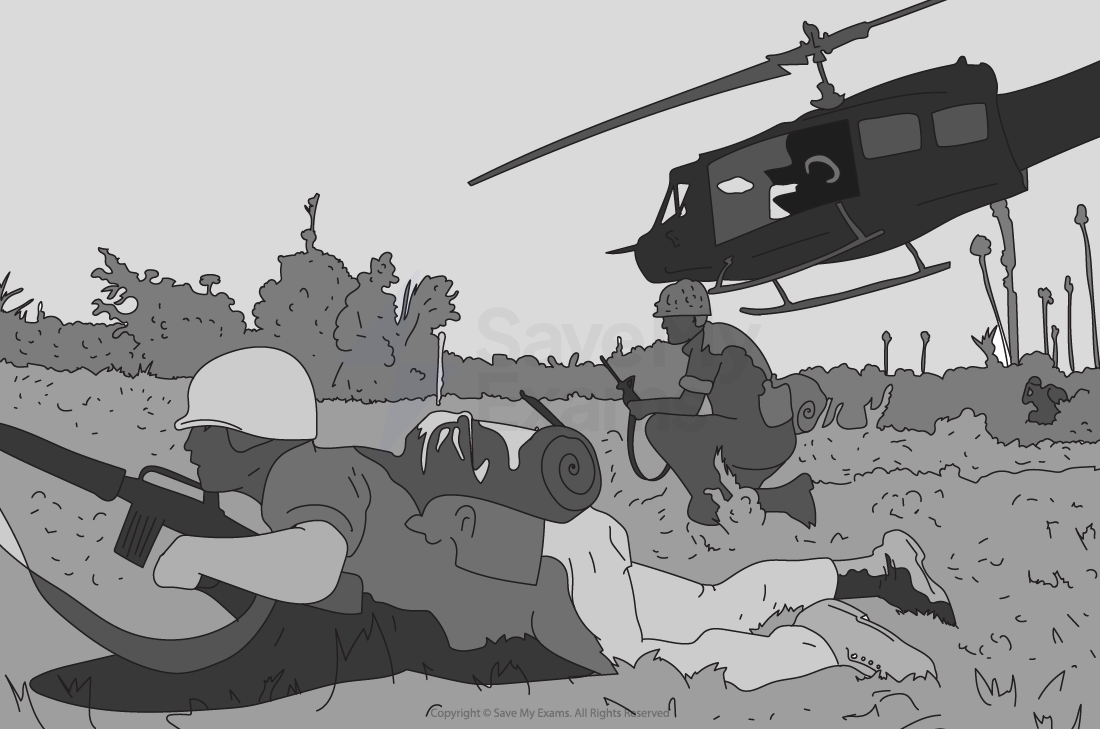The agentic state & the autonomous state
- Stanley Milgram is one of the most well-known psychology researchers worldwide due to his groundbreaking study on obedience
- Milgram’s work on obedience drew from the idea that people will show obedience if specific situational factors are present, even to the point of harming a complete stranger who has done them no harm (known as destructive obedience)
Agentic state
- Milgram’s study was based on the concept of agency theory
- When an individual is in an agentic state they feel removed from their own actions - they are acting on behalf of a higher authority i.e. ‘just obeying orders’
- Examples of being in an agentic state are:
- Opening fire on unarmed civilians because your commander issued the order to do so
- Reporting on your colleagues for making personal calls during office hours as part of your workplace’s ‘incentive’ to boost productivity
- ‘Ghosting’ one of your friends because the most popular and powerful person in your group told you to do so
- Being in the agentic state allows people to lessen any feelings of responsibility or guilt about their (negative) actions because they are acting under someone else’s authority, the consequences cannot be theirs i.e. ‘not my fault, not my problem’
Autonomous state
- Being in an autonomous state is the opposite of the above
- You yourself take responsibility for your actions, you are not going to relinquish agency to a higher authority figure
- Examples of being in an autonomous state are:
- Refusing to follow your commander’s orders as to do so would be to commit an atrocity
- Not participating in your workplace’s ‘incentive’ to boost productivity as it involves betraying colleagues
- Continuing to talk to one of your friends even though the most popular and powerful person in your group told you to ‘ghost’ them
- Maintaining an autonomous state is not easy, particularly when the consequences of doing so could be dire e.g. you may get the sack, you may put yourself in mortal danger, you may be ostracised from your group
- Blass & Schmitt (2000) agreed that the person responsible for harming the ‘learner’ in Milgram’s study was the experimenter rather than the participant (the ‘teacher’), hence they acknowledged that being in an agentic state takes responsibility away from the individual
Agentic state diagram

Soldiers fighting in the Vietnam war may have succumbed to the agentic state.


